Homegrown vegetables are the best. They provide delicious, fresh ingredients for whatever you are cooking. There are a few staples that every kitchen needs and they are easy to grow. Let’s look at how to grow your own vegetables.
You can easily create a kitchen garden with easy-to-grow, easy-to-store, and easy-to-use vegetables.
If you’re new to gardening, there are a few easy-to-grow crops you might want to start with. These crops will grow plentiful, and they could give you more than you can use in the growing season. You can preserve that harvest for later use and enjoy fresh, organic veggies throughout the year.
Following is a list of vegetables that are great for most families.
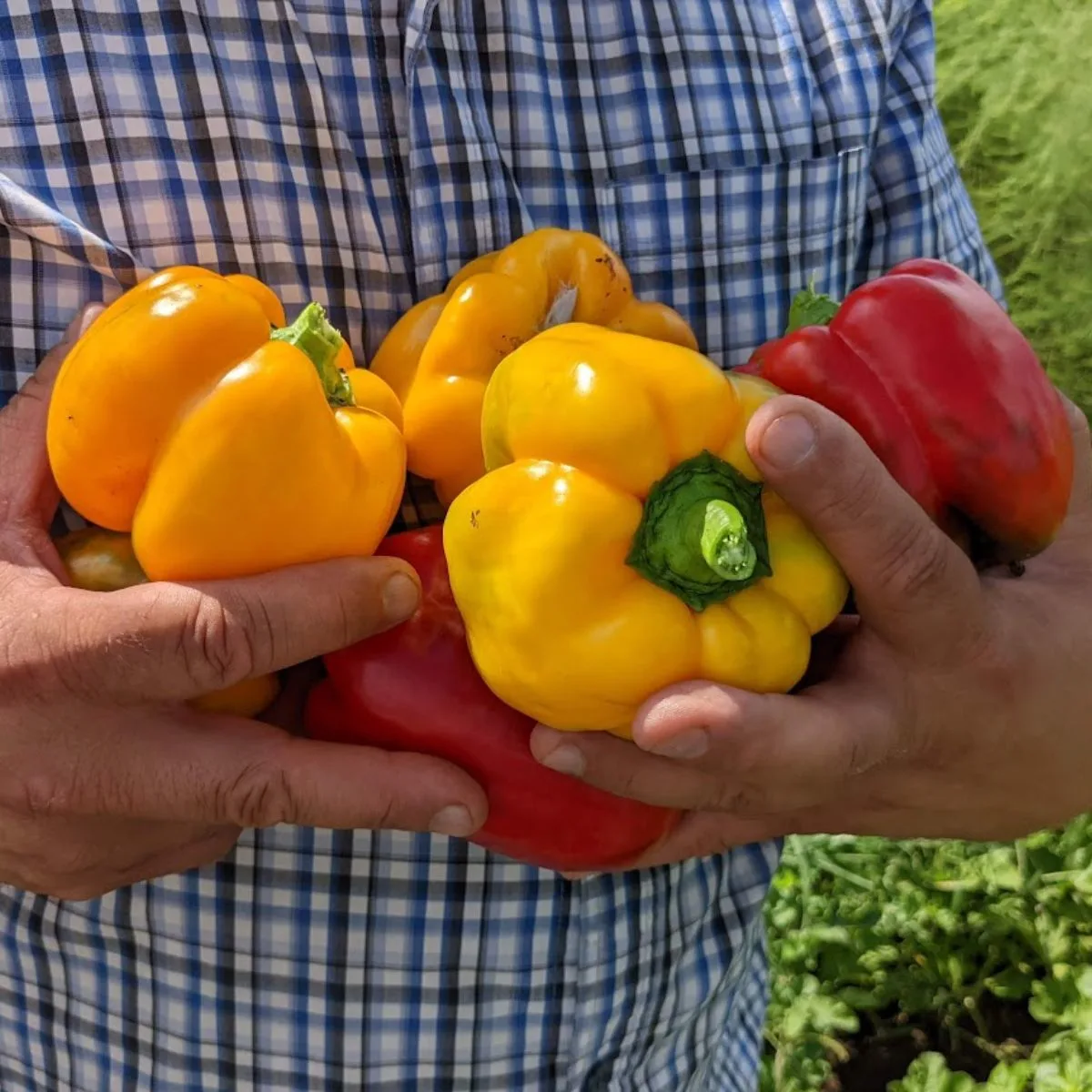
Onions Are Versatile and Delicious
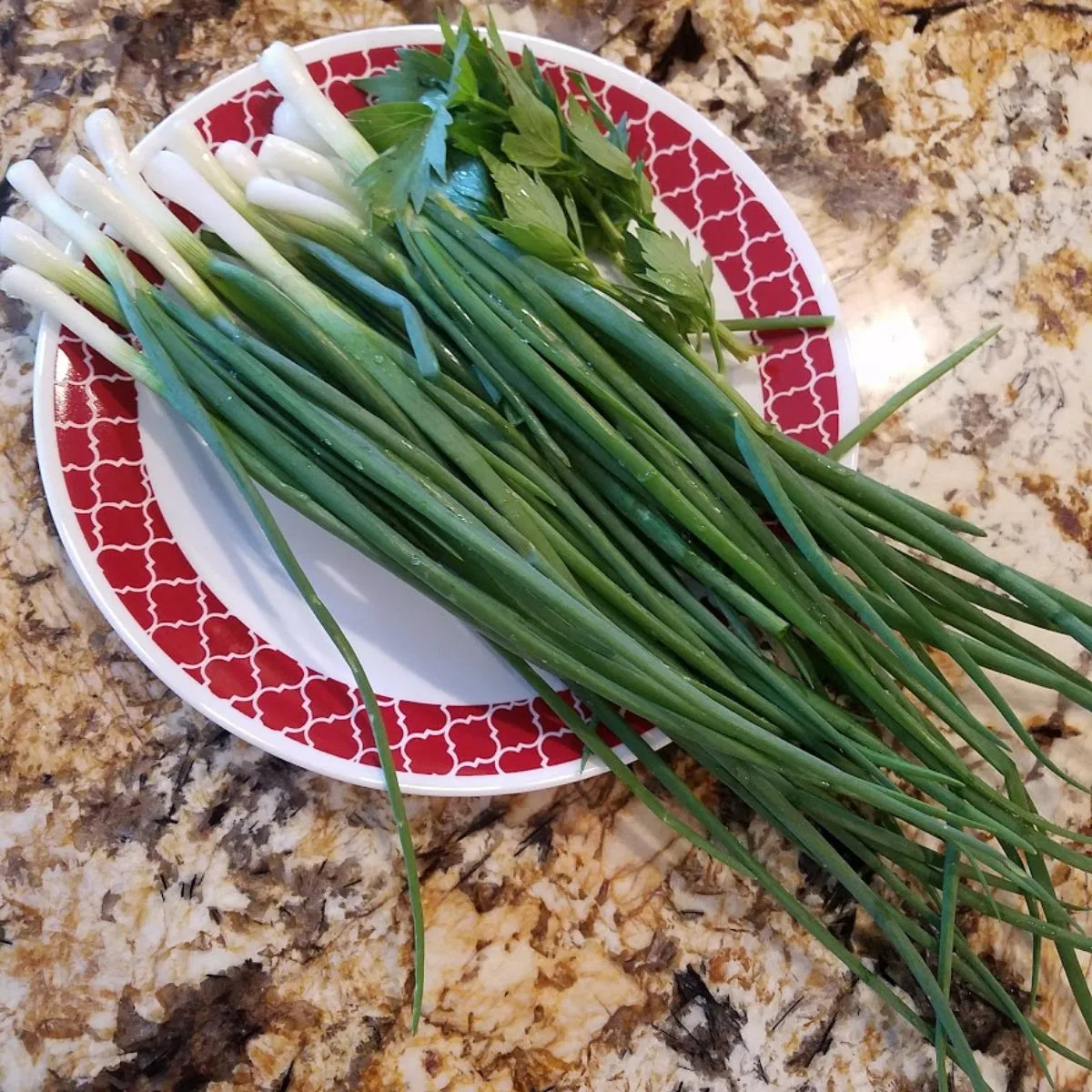
Onions are probably the kitchen base of most recipes; fortunately, they are easy to grow. You can buy onion sets, which are small onion bulbs that you simply place root ends down, up to their necks, in soil.
The soil does not need too much work, as onion roots do not go too deep into the ground. Just a dressing of well-rotted manure or garden compost, followed by a mulch later in the year, would be perfect.
Onions are easy to store; simply pick them when their stems are bending and place them on a rack to dry, then they can either be strung or laid on an open shelf in a frost-free well, ventilated shed.
Although they will not store until your next set is ready the following year, you can also plant overwintering onions that will be picked much earlier.
If you use 3 onions per week, it is suggested that you plant 100 in the spring and another 100 in the fall. With losses, this should last the year. If you are also planting bumper crops to turn into soups and preserves, add another 100 to your spring planting.
Learn more about how to grow onions.
Growing Some Garlic for Healthy Meals
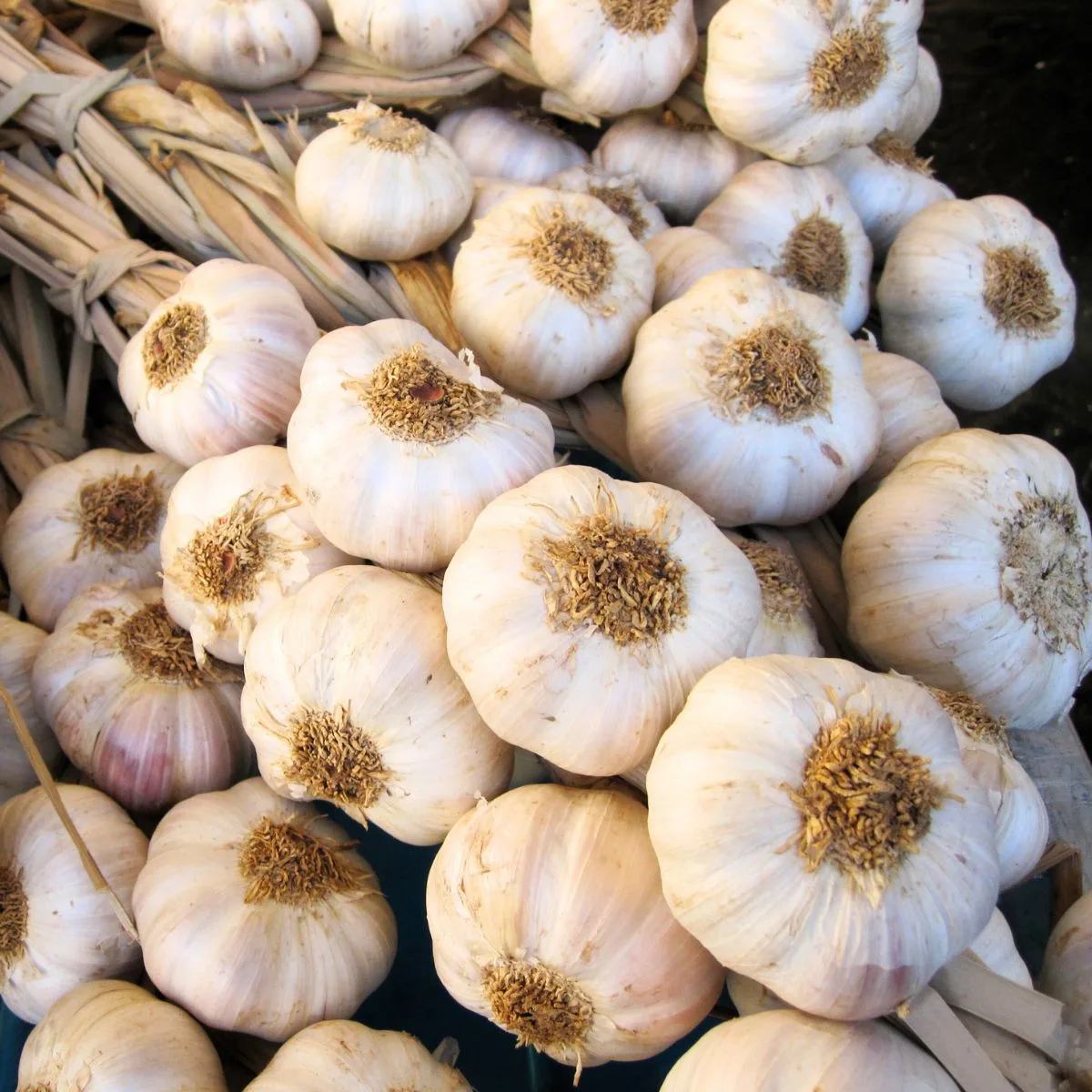
Garlic requires soil similar to onions’. However, garlic likes its bed to be free-draining, so if water is an issue, either use grit under each clove or dig in plenty of organic matter.
Garlic also requires a sunny position, so remember this when planting.
The hardneck types are planted in the autumn, as they do like to have a few months of cold weather to help bulb growth, and when they are ready, they are racked and dried before plaiting and hanging in a cool, dry, and frost-free shed.
Fifty garlic bulbs should be enough for most kitchens. Since most bulbs contain 6 or 7 cloves, you’ll need to buy 7 or 8 bulbs to plant.
Here’s how to grow garlic.
Homegrown Potatoes Are The Best
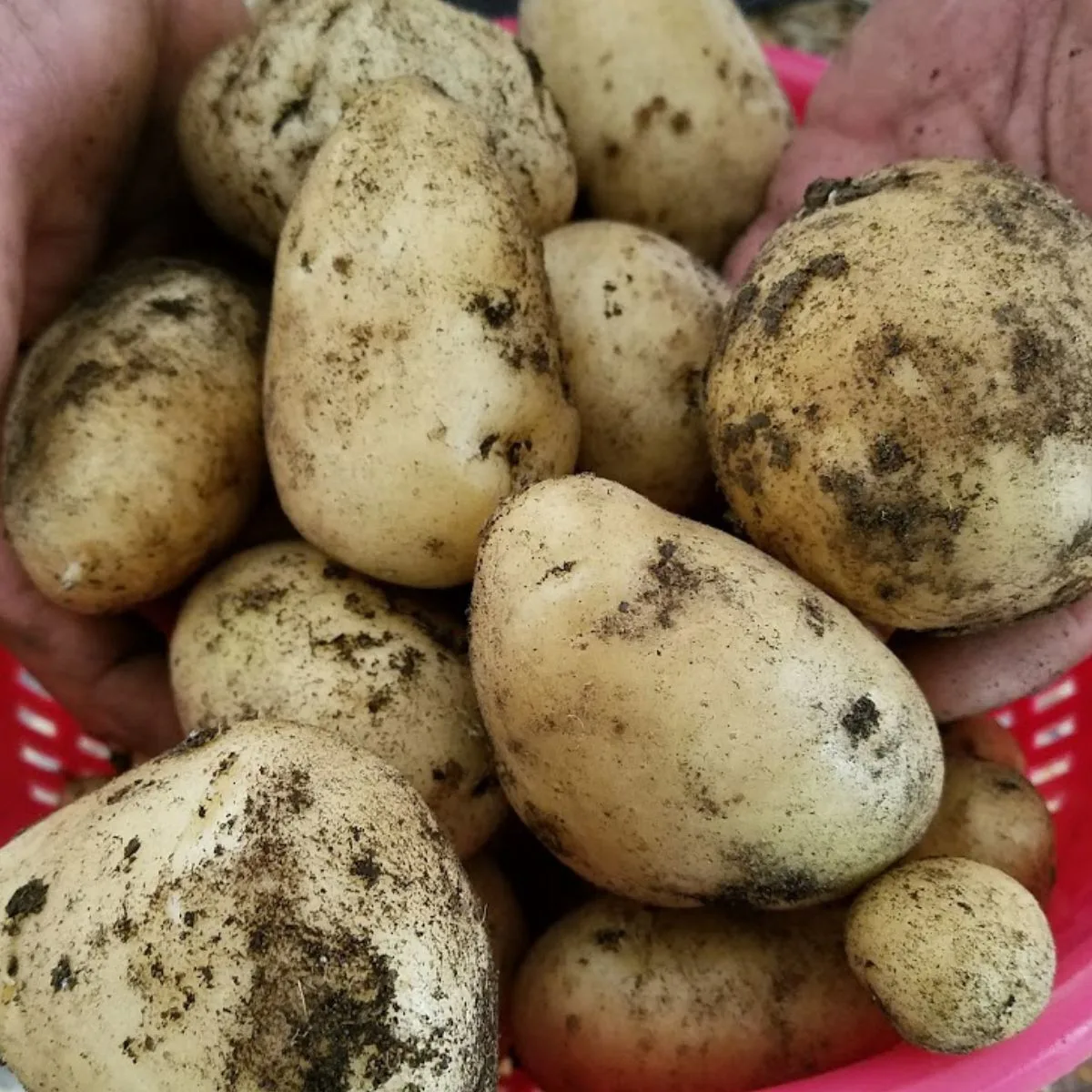
What kitchen can go without potatoes? Buy seed potatoes in January and start the chitting towards the end of the month. Chitting is another name for sprouting.
There are three types of potato: first early, second early, and main crop. However, this is not complicated as it only refers to the time they are in the ground.
The first earlies will be ready first and tend to be smaller; the main crop is last and largest. We chose the first earlies for summer salad potatoes and the main crop for large storage potatoes.
The only thing you’ll need to remember about potatoes is to give them plenty of manure or compost. Line the potato trenches with seaweed, which is a great fertilizer and keeps slugs away.
Dig up potatoes on a warm sunny day and allow them to dry before storing them in paper sacks.
Here’s How to grow potatoes.
And a Few Herbs to the Garden
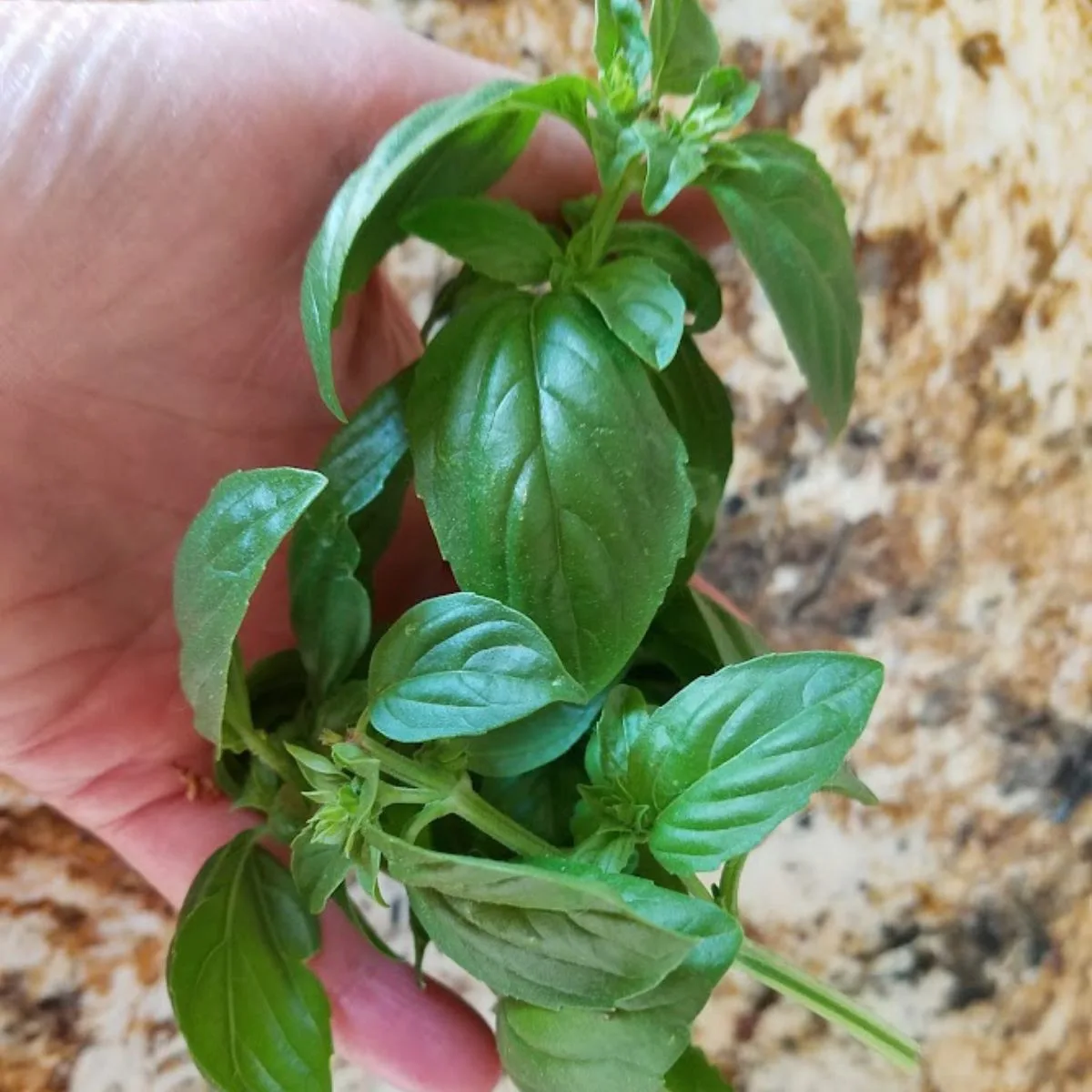
Many herbs are permanent crops that need a sunny location, preferably near the kitchen for convenience. They tend to be used year-round and, other than soft-leaf herbs, are usually always available.
Herbs produce a lot in the summer, and it’s a good idea to save some for winter. A great way to store herbs is to chop them into ice cube trays, top them with water, and freeze them. Then, simply drop an ice cube with your chosen herb into whatever you are making. Herbs can also be dried, and soft-leaf herbs such as basil and coriander can be made into a pesto.
Grow Lettuce for Lots of Salads
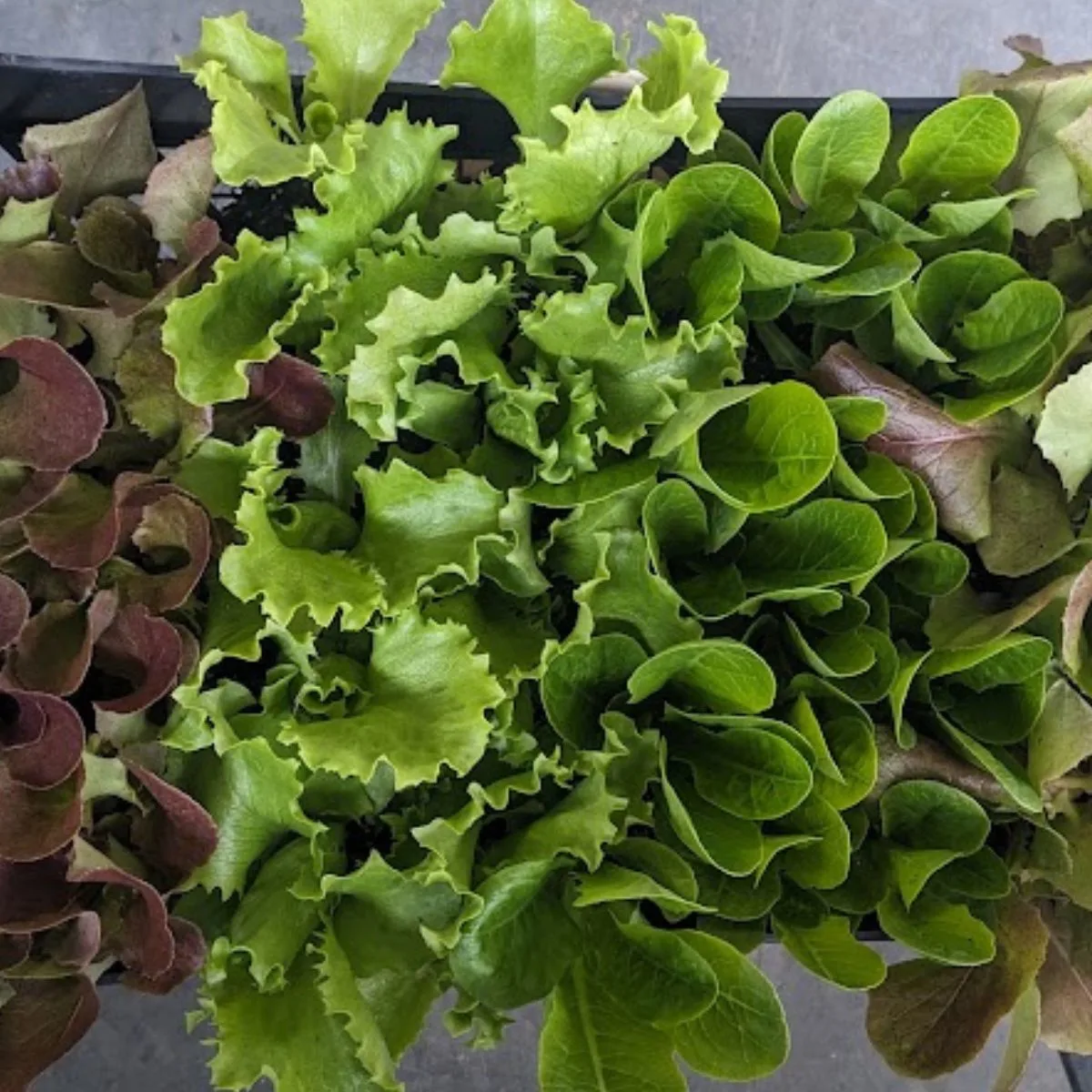
It’s so good to have lettuce growing in your garden. We grow several varieties to mix and match and not get bored with our salads.
Lettuce is not fussy, as long as you give it dome shade (this willkeep it forjmgoing to seed fast), and a well draining spot to gro. Learn more about growing lettuce.
Every Garden Needs a Few Tomato Plants
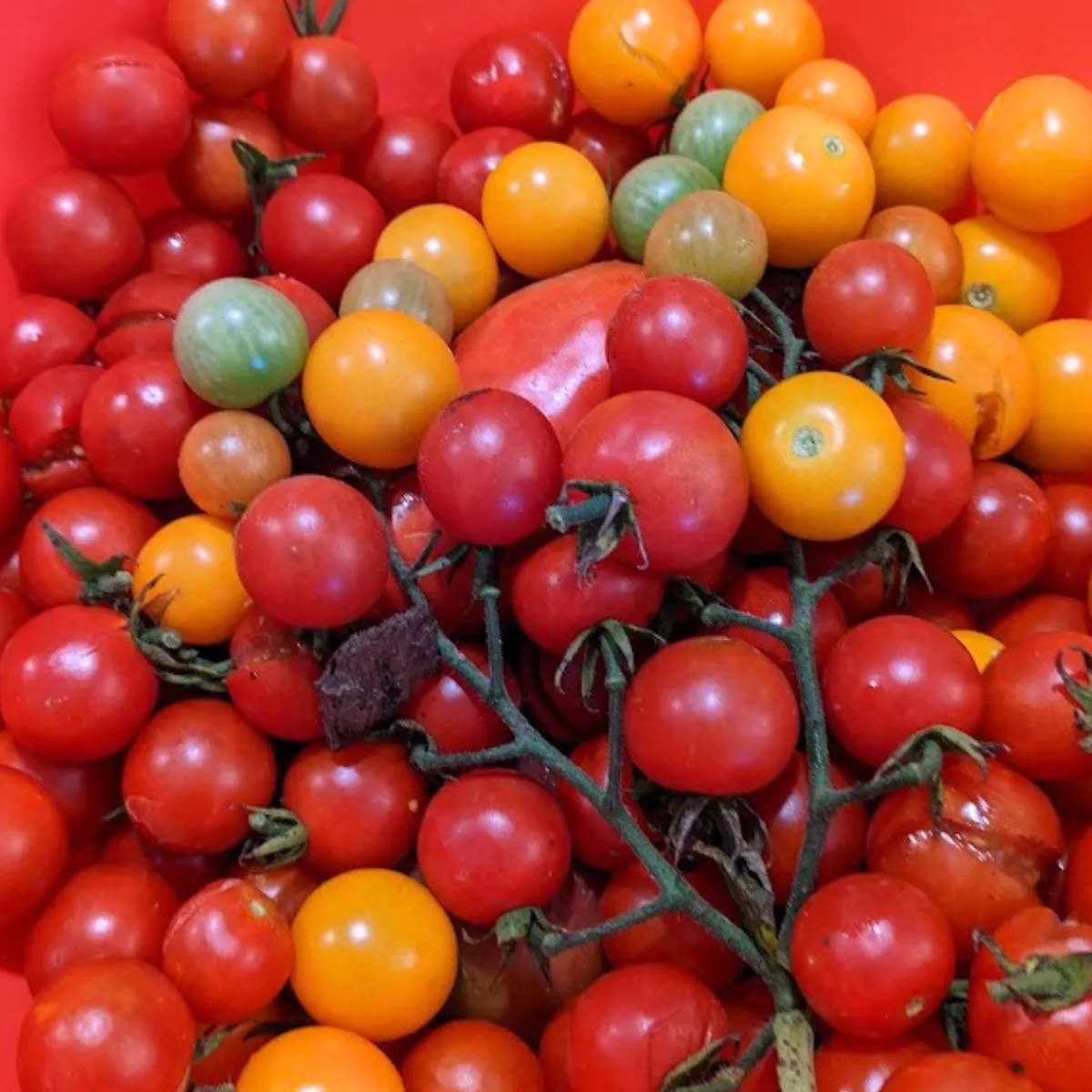
While onions, garlic, potatoes, and herbs are the easiest to grow, you could grow many other vegetables in your garden. Tomatoes is one of them. There are somany types of tomatoes, it might be hard to choose which ones to plant.
If you have never grown tomatoes, start small, maybe with two types. I love all kinds of cherry tomatoes: they are less acidic and sweeter. If you have kids, get a plant and get them involved.
Here are the best cherry tomatoes to try.
Here are some quick guides to growing tomatoes:
- The best soil mix for tomatoes
- How far apart to plant tomatoes for better yield
- Best tomato companions
- How to grow tomatoes in containers
Grow Luffa to Eat and Get Natural Sponges as a Bonus
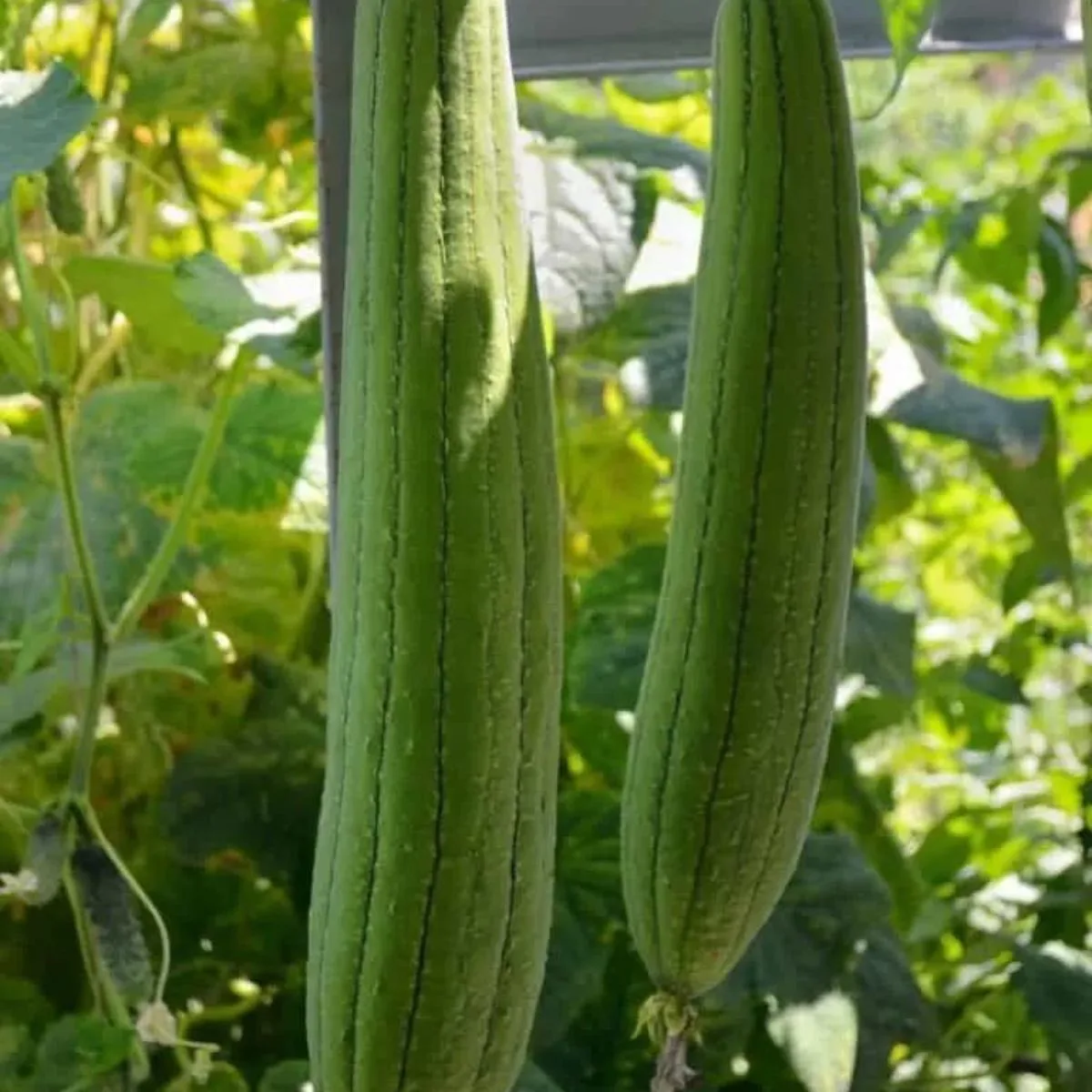
Luffa plants grow several feet tall and like to spread, so plan for that. It also has a slow start germinating, but once it does, it grows fast.
Pich the fruit early and small, and cook it just like zucchini. Luffa vines are very prolific, so you can eat many and still enjoy a few luffa sponges at the end of the season.
Learn more about growing luffa
Radishes Grow Fast

One of the easiest and fastest-growing vegetables, radishes can be planted between other vegetables in your garden.
Did you know you can eat radish seed pods? Here are 9 ways to use radish seed pods.
More Vegetables You Can Grow in Your Garden

There are many more delicious vegetables to try. Here are just a few examples:
- How To Grow Bell Peppers For Delicious Summer Flavor
- How To Grow Zucchini (Courgette) And Enjoy It All Summer Long
- The Ultimate Guide To Growing Cucumbers
I hope you’ve learned how to grow your own vegetables and are inspired to get started. You’ll have a blast (and some delicious veggies 😉

Backyard Vegetable Garden Ideas
Saturday 6th of March 2021
[…] How To Grow Your Own Vegetables For A Better Life […]
The Surprising, Life-Changing Benefits of Gardening
Thursday 26th of September 2019
[…] you grow food in your backyard or somewhere nearby your home, you reduce food transportation costs. This also minimizes water […]
How To Plant A Kitchen Garden For Year Round Wholesome Food
Wednesday 6th of March 2019
[…] you stick to using your kitchen garden to produce main ingredients for the kitchen, your produce would tend to be stored in a cool dry shed. These crops need little work once […]
Vegetable Gardening For Beginners - Everything You Need To Know
Tuesday 15th of May 2018
[…] you’re just getting started, rather than being peaceful, vegetable gardening may seem daunting and somewhat stressful. There are many things to remember, and everything is new. […]
Trench Composting For Garden Success | Backyard Garden Lover
Wednesday 17th of January 2018
[…] Let it Rot!: The Gardener’s Guide to Composting (Third Edition) (Storey’s Down-To-Earth Guides) This way of recycling waste not only keeps odors locked away, it also provides nutrition for plants deep in the soil. This will help with root formation and the overall health of your vegetables. […]